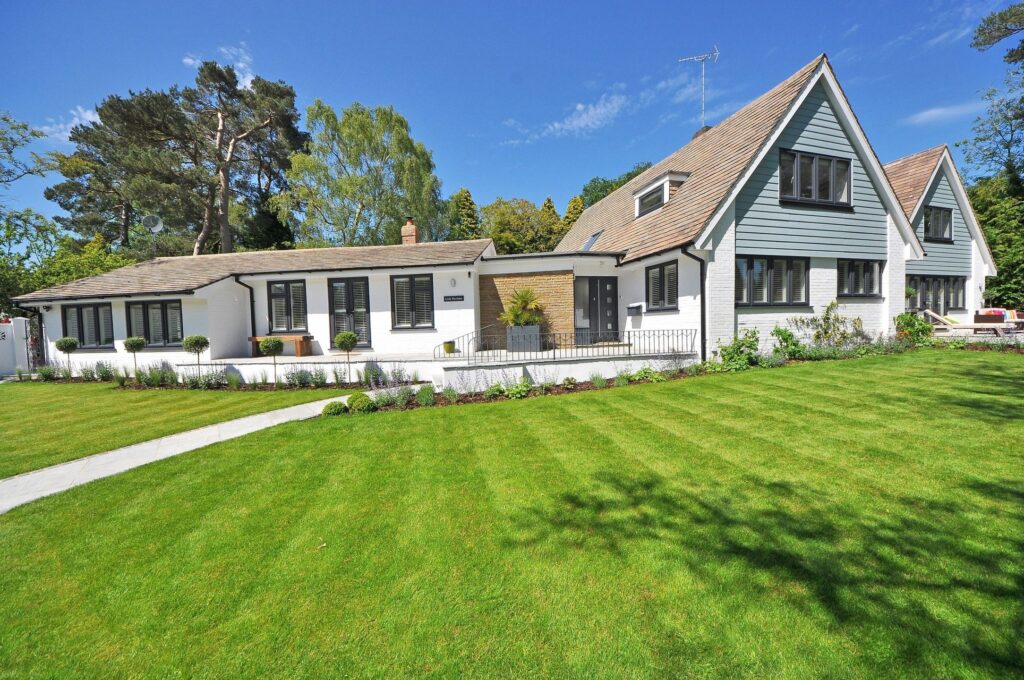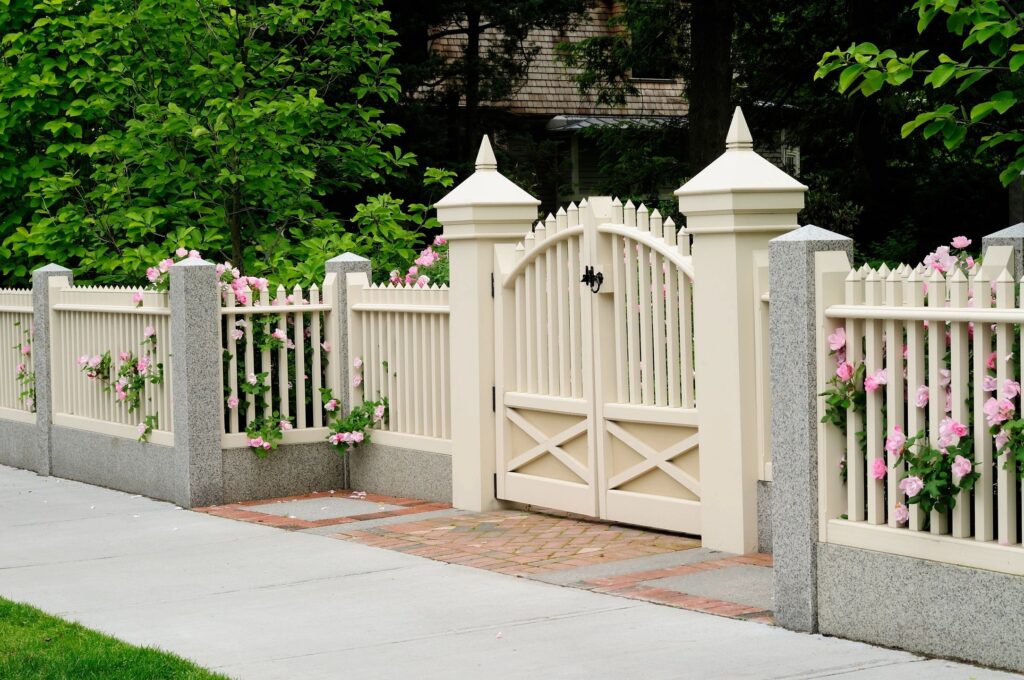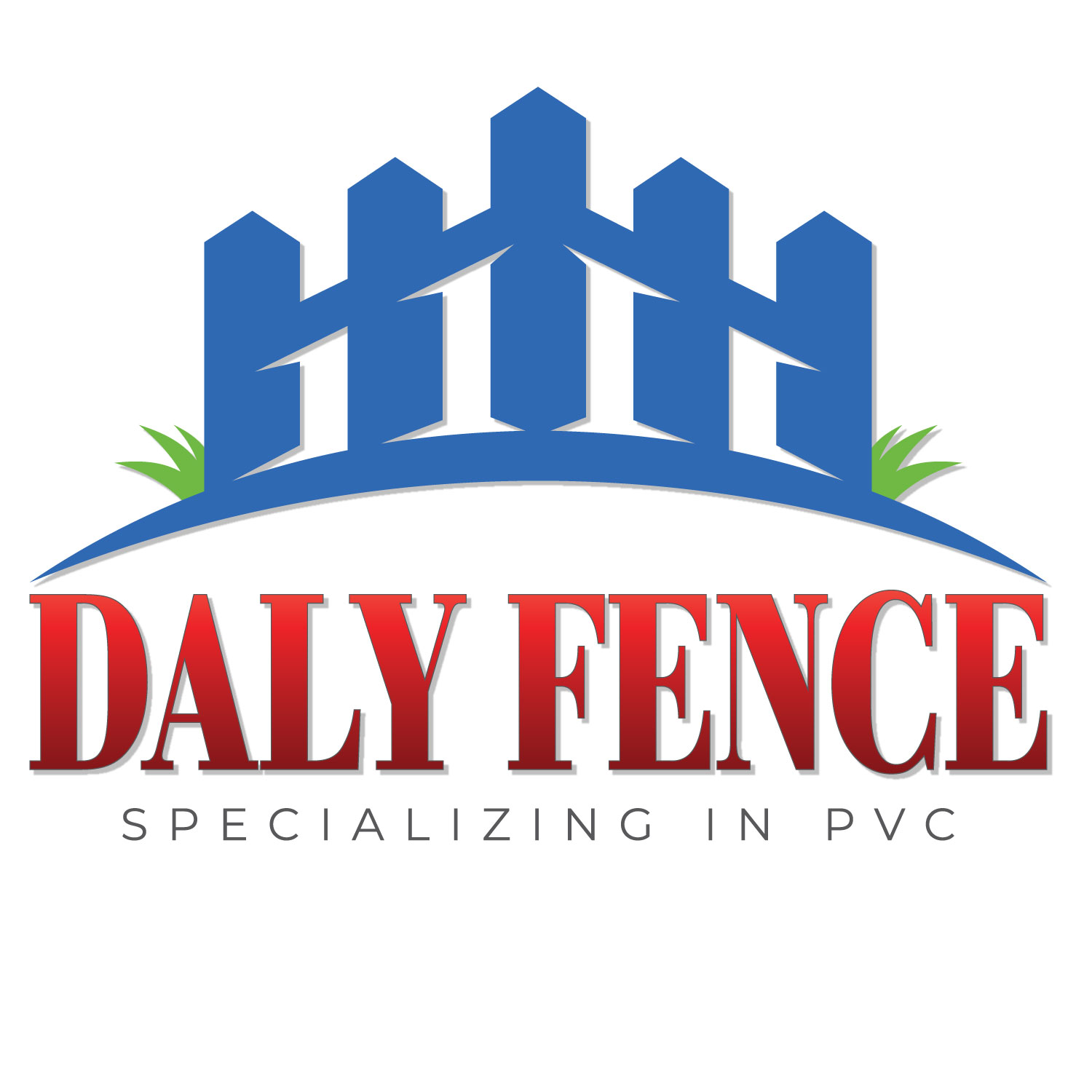When choosing the right fencing material for your property, PVC (polyvinyl chloride) fences have become an increasingly popular option. Known for their durability, low maintenance, and aesthetic appeal, PVC fences offer a great return on investment. But how much does a PVC fence cost? In this blog post, we’ll break down the factors that influence the cost of PVC fences and help you understand what to expect when planning your project.

Material Cost
The primary component of the total cost is the material itself. PVC fence panels come in various styles and heights, each with a different price point. The cost can vary based on the quality of the PVC, the design of the fence, and any additional features, such as decorative top rails or lattice designs.
Labor Costs
Labor costs for installing a PVC fence depend on the complexity of the installation, including factors such as the length of the fence, the terrain of your property, and any customizations you require. Labor expenses are typically charged by the hour, and the total labor cost will depend on the scope of your project.


Additional Factors:
- Fence Height and Length: The height and length of your fence will significantly impact the overall cost. Taller fences and longer runs require more materials and labor, increasing expenses.
- Gates and Accessories: Adding gates, post caps, or other decorative elements can increase the cost of your PVC fence. Gates vary in cost depending on their size and style.
- Preparation and Permits: If your property requires extensive preparation work, such as clearing old fencing or leveling uneven ground, this can add to the overall cost. Additionally, obtaining permits (if required in your area) can incur extra fees.
- Geographic Location: Labor and material costs can vary based on your location. Areas with a higher cost of living may have higher prices for materials and labor.
Cost Comparison:
To give you a better perspective, here’s a rough comparison of PVC fence costs with other common fencing materials:
- Wood: Typically less expensive upfront but requires more maintenance over time.
- Chain Link: Generally more affordable but lacks PVC’s aesthetic appeal and privacy.
- Aluminum: Similar in price range to PVC, focusing on elegance and strength.
While PVC fences may have a higher upfront cost than wood or chain link fences, their long-term benefits often justify the investment. PVC fences require minimal maintenance, resist rot and corrosion, and can last decades with proper care.
Budgeting Tips:
- Get Multiple Quotes: Always obtain quotes from reputable contractors to ensure you get a fair price for materials and labor.
- Plan Ahead: Consider the long-term savings on maintenance and replacement when choosing PVC over other materials.
- DIY Options: If you’re handy and have the time, you might consider installing the fence to save on labor costs. However, professional installation is recommended for the best results.
Many homeowners choose a PVC fence due to its durability, low maintenance, and aesthetic appeal. While the initial cost may be higher than other fencing options, the long-term benefits make it cost-effective. By understanding the various factors that influence the cost of a PVC fence, you can make an informed decision and plan your budget accordingly
For more information or a personalized quote, Contact Daly Fence Installers today. We’re here to help you secure and beautify your property with high-quality, expertly installed-PVC fencing.

